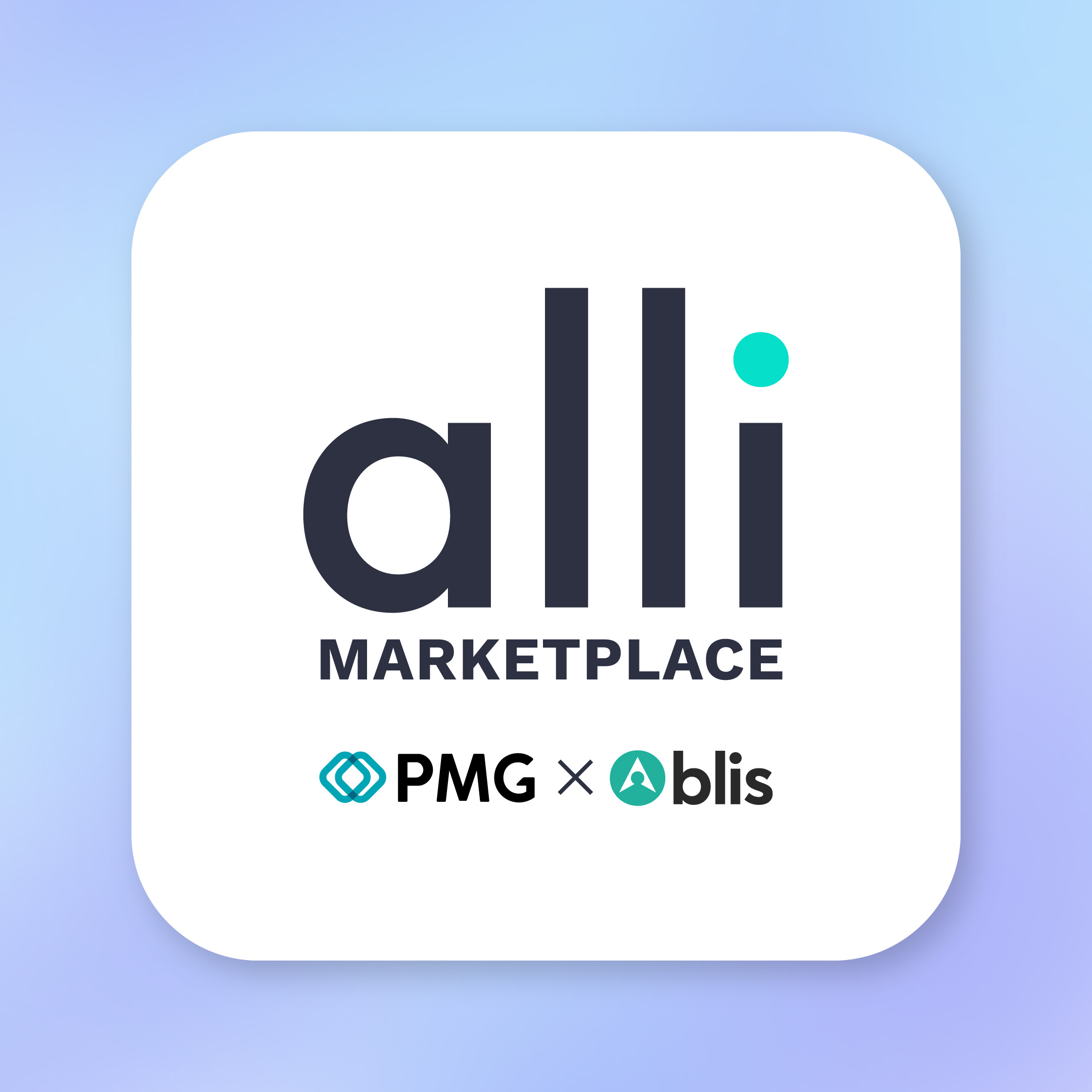20 years ago Harvard Business Review mentioned the ever-increasing growth of the Experience Economy, referring to the engagement of consumers through experiences and memories, rather than actual service or material possessions. Since then, the Experience Economy has become ubiquitous in the consumer world. With materialism on the downturn and minimalism, paired with sustainability, on the rise, companies need to be giving their consumers a flexible service, free of baggage. By creating experiences for your consumers you effectively give them memories, and these memories sell the brand more than any kind of traditional advertising can. Particularly in the wake of economic uncertainty and political instability, the escapism of experiences becomes more desirable.
So, where do we find the people that are willing to spend money on experiences rather than items? Where do they go? Which brands do they engage with? And what are they doing when not indulging in experiences? This is where festivals can bolster our understanding of this audience.
Festivals are the perfect example of selling an experience. People pay to attend festivals to experience music, community, food, workshops and various other activities. Using Blis’ real-world intelligence we’ve collected the devices seen at various festivals over 2019’s summer and used these to understand this experience-loving audience.
Analysing the devices we’ve seen at these events has enabled us to gather data on the festival attendees themselves, as well as gathering crossover data for other locations these people are seen at. Within this analysis we found 18-35 year olds as the most prevalent attendees, , with notable differences for cultural events. The Taste of London and Brighton Pride attracted the 36-45 crowd, Lovebox appealed most to the under 18s, and the first weekend of British Summer Time was attended primarily by those in the 65+ age bracket. While festivals are generally thought of as a younger generation event, the data proved that depending on the context of the event, older generations also benefit from being given these experience opportunities.
Taking these age differences into account, younger audiences are also easier to target at camping festivals. As age increases, the likelihood of being seen at a camping festival decreases. However, with camping festivals comes the issue of battery conservation. Therefore, targeting younger demographics on their devices is best done at camping festivals in the morning, when people use their phones for alarms, weather, and line-up checks before turning them off/onto battery saving modes.
Our data also showed the power of having a brand presence at festivals. this year Tinder introduced their “festival mode”, where people could match with those going to the same festivals as them. The brand supported various festivals, including All Points East where they had their own stand. At many of these Tinder supported festivals, Blis data showed that dating apps were within the top three types of content browsed on devices over the period of the event. , suggesting that presence at a memorable experience like a festival can make a brand salient in the minds of the attendees.
Finally, where else do these festival attendees go?
Visitors to Brighton Pride had the highest crossovers with restaurants, bars, cinemas and music venues, suggesting an affluent, outgoing crowd. When looking specifically at brands, data from the London festivals showed that attendees of All Points East were the most likely audience to be seen in a Nike store. This correlates with the 26-35 year old crowd measured at the event, as an age range likely to be fashion-conscious and athletic, both of which match the Nike demographic.
Overall, festivals represent a major part of the experience economy, and with Blis’ understanding of the audiences present at these kinds of events, brands can get closer to this audience and understand how best to utilise the experience economy.



